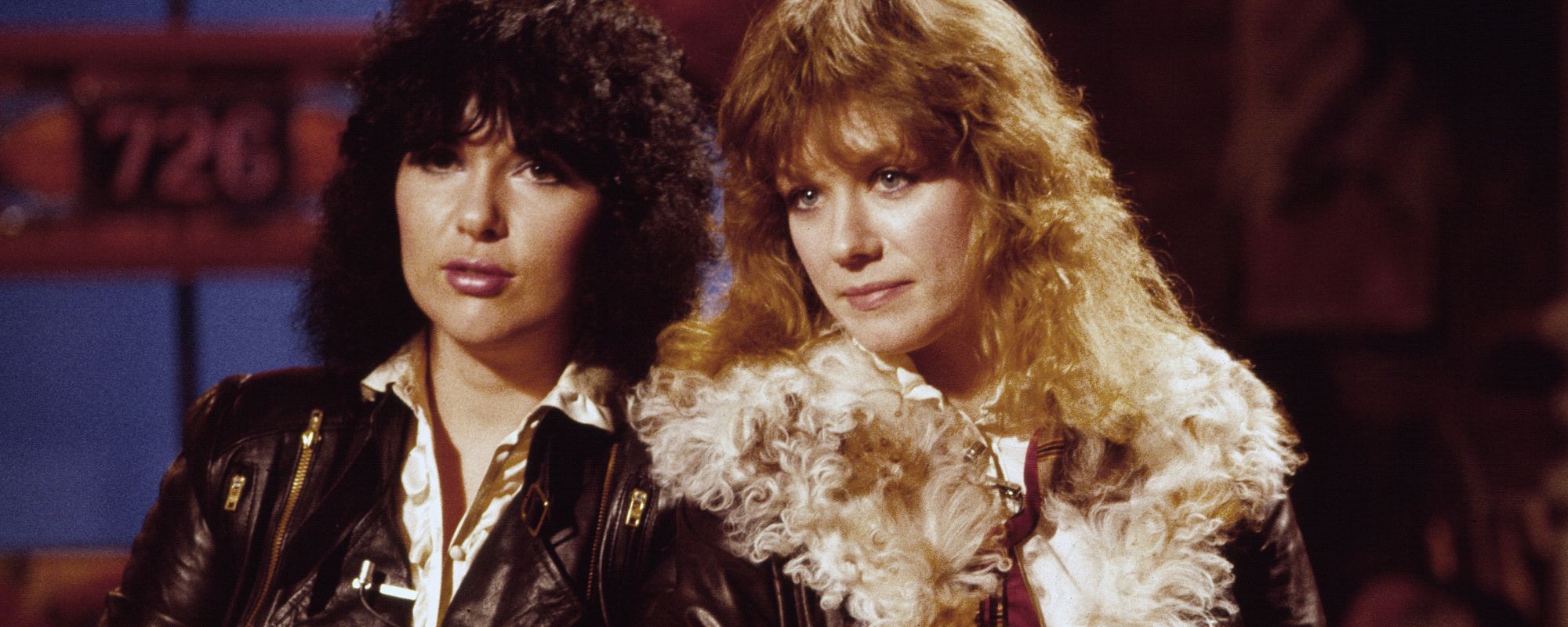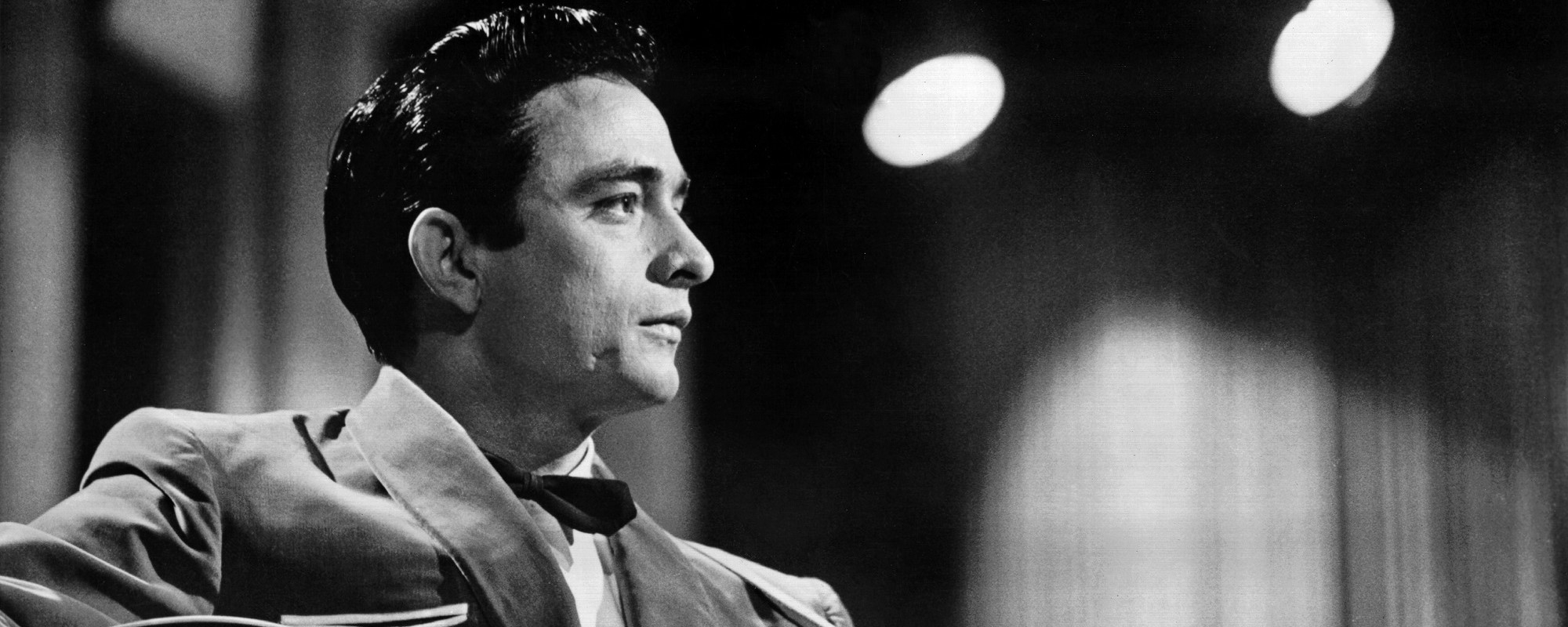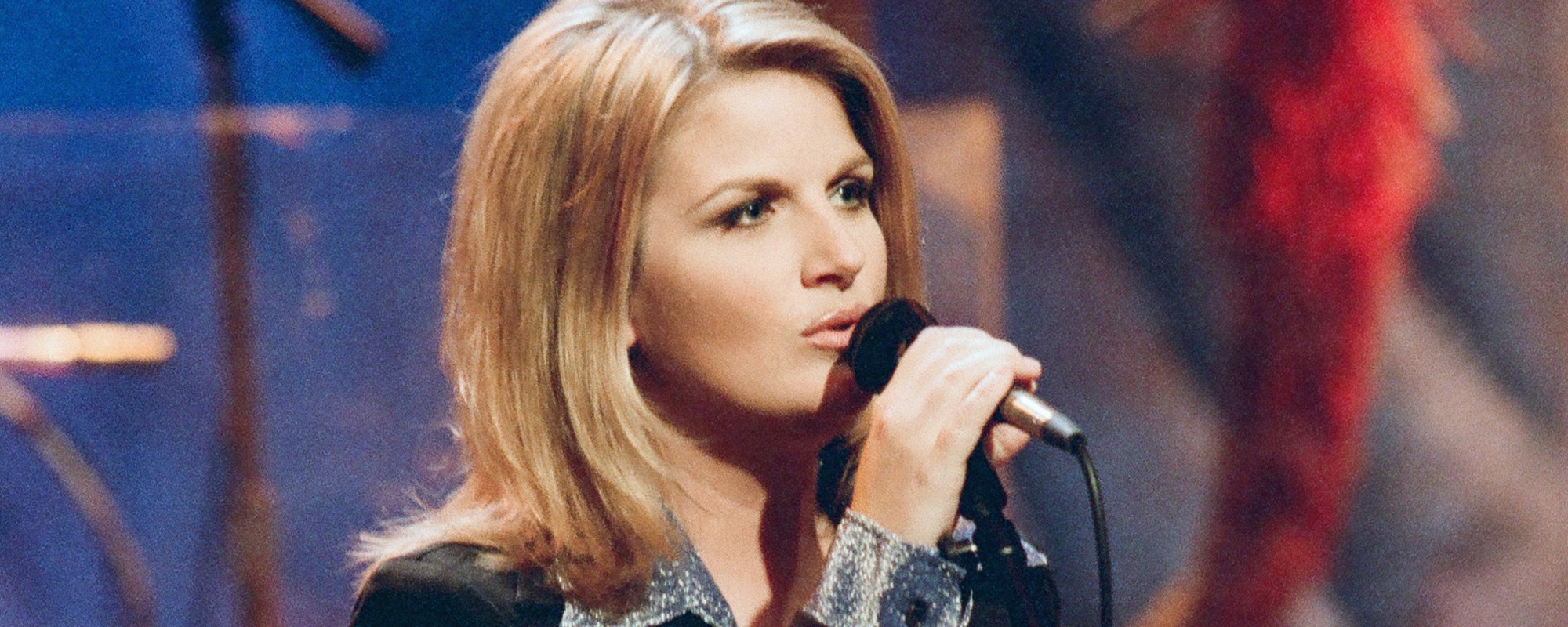With the obvious exception of John Lennon’s 1971 single “Happy Xmas (War Is Over),” Christmas music and war don’t often go hand in hand—unless, of course, we’re talking about Irving Berlin’s iconic “White Christmas.” Although the song crooner Bing Crosby popularized in the 1940s does not directly mention war, the Christmas tune has an interesting historical connection to two major conflicts fought by the United States in the mid-20th century.
Videos by American Songwriter
As Crosby’s relatives would later recall, the connection between “White Christmas” and war led to one of the most difficult performances of his career.
The Connection Between “White Christmas” and Two Major Wars
Although we often associate the song “White Christmas” with the 1954 film of the same name, Irving Berlin actually wrote the nostalgic, homesick song for the 1942 musical film Holiday Inn. Bing Crosby’s performance of “White Christmas” topped the Billboard chart for 11 weeks, hitting No. 1 in December of 1943 and 1944. The song has been a Christmas classic ever since, conjuring images of glistening, snowy trees and cozy, family-filled homes.
This wistful, nostalgic imagery became even more poignant within the historical context of World War II, which was still raging when Crosby first recorded “White Christmas.” Soldiers overseas connected with the singer, pining for home and sending postcards to their friends and family. The folks at home felt the same connection for Christmas past—holidays when their husbands, sons, brothers, and other loved ones were still home.
Even after World War II ended in 1945, there was a strong association between this major conflict and “White Christmas.” The plotline of the 1954 film White Christmas emphasizes the connection between the title track and World War II, with Bing Crosby playing WWII Captain Bob Wallace and Danny Kaye playing Private Phil Davis. But this wasn’t the only major U.S. war that “White Christmas” played a pivotal part in.
Decades after Crosby first recorded “White Christmas,” the U.S. military used the seasonal song as a secret musical cue for troops to begin evacuating Vietnam during the fall of Saigon, which marked the end of the Vietnam War. On April 29, 1975, the U.S. Armed Forces radio station began running an announcement that read, “The temperature in Saigon is 105 degrees and rising.” Then, they would play “White Christmas” for 30 seconds. The radio station repeated this announcement and musical cue every 15 minutes.
A Song That Gave Bing Crosby His Easiest and Hardest Performances
“White Christmas” became one of Bing Crosby’s most popular and enduring hits of his entire career, but he wasn’t always convinced of its singularity. While recording the enduring track in the early 1940s, Crosby made no predictions that the song would be a hit. He merely performed the music that Irving Berlin wrote to the best of his ability, and that was that. Crosby would later go on to say, “A jackdaw with a cleft palate could have sung it.”
To Crosby’s credit, “White Christmas” is fairly straightforward compared to other seasonal tunes of its time. The simple melody and chord progression were no great challenges for an accomplished singer like Crosby. Still, that doesn’t mean performing “White Christmas” was always easy.
In a 2016 interview with The Spokesman-Review, Crosby’s nephew, Howard Crosby, recalled asking his uncle about the most difficult performance he ever had. “He didn’t have to think about it,” Howard said. “He said in December 1944, he was in a USO show with Bob Hope and the Andrews Sisters. They did an outdoor show in northern France. At the end of the show, he had to stand there and sing “White Christmas” with 100,000 G.I.’s in tears without breaking down himself. Of course, a lot of those boys were killed in the Battle of the Bulge a few days later.”
Photo by John Springer Collection/CORBIS/Corbis via Getty Images













Leave a Reply
Only members can comment. Become a member. Already a member? Log in.